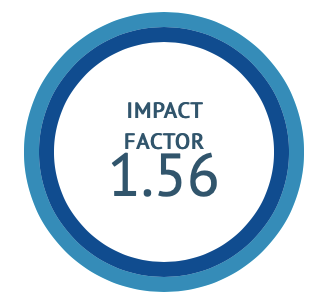Rapid UV/Visible Spectrophotometric Method for Hesperidin Estimation in Pharmaceutical Dosage Forms and Proniosomes
DOI:
https://doi.org/10.47552/ijam.v16i2.5413Keywords:
Hesperidin, UV- spectroscopic method validation, Proniosomes, ICH guidelinesAbstract
A sensitive accurate UV/Visible spectrophotometric method was developed to determine hesperidin concentration through simple detection at low cost using rapid analysis. The analytical system reached ICH guideline standard validation which delivered both precision and accuracy results. The defined solution of methanol and phosphate buffer at pH 6.8 (30:70) established the best conditions for drug analysis. A method for determining maximum absorption wavelength demonstrated a value of 285 nm with its linear relationship represented by the equation y = 0.253x + 0.0138. The method displayed linear performance from 6-30 µg/ml with an R² value of 0.9987 which verifies its precise functioning. The analytical method achieved ICH guideline compliance for linearity, precision, specificity, robustness, ruggedness, accuracy and the determination of limit of detection (LOD-0.25 µg/ml) and limit of quantification (LOQ-0.78 µg/ml). Analysis of Hesperidin in proniosomes through the coacervation phase separation method was achieved successfully using UV/Visible spectrophotometry. The validation results showed that this method stands out for its high selectivity in addition to its precise and reproducible approach which makes it appropriate for hesperidin quality control in pharmaceutical monitoring of both bulk substances and formulated preparations. Through proniosomal formulation hesperidin gains higher stability along with improved delivery capabilities when applied topically. The validated approach provides medical laboratories with a both pragmatic and precise method to analyze hesperidin content in pharmaceutical settings.
Downloads
Published
How to Cite
Issue
Section
License
Copyright (c) 2025 International Journal of Ayurvedic Medicine

This work is licensed under a Creative Commons Attribution-NonCommercial-ShareAlike 4.0 International License.
The author hereby transfers, assigns, or conveys all copyright ownership to the International Journal of Ayurvedic Medicine (IJAM). By this transfer, the article becomes the property of the IJAM and may not be published elsewhere without written permission from the IJAM.
This transfer of copyright also implies transfer of rights for printed, electronic, microfilm, and facsimile publication. No royalty or other monetary compensation will be received for transferring the copyright of the article to the IJAM.
The IJAM, in turn, grants each author the right to republish the article in any book for which he or she is the author or editor, without paying royalties to the IJAM, subject to the express conditions that (a) the author notify IJAM in advance in writing of this republication and (b) a credit line attributes the original publication to IJAM.




